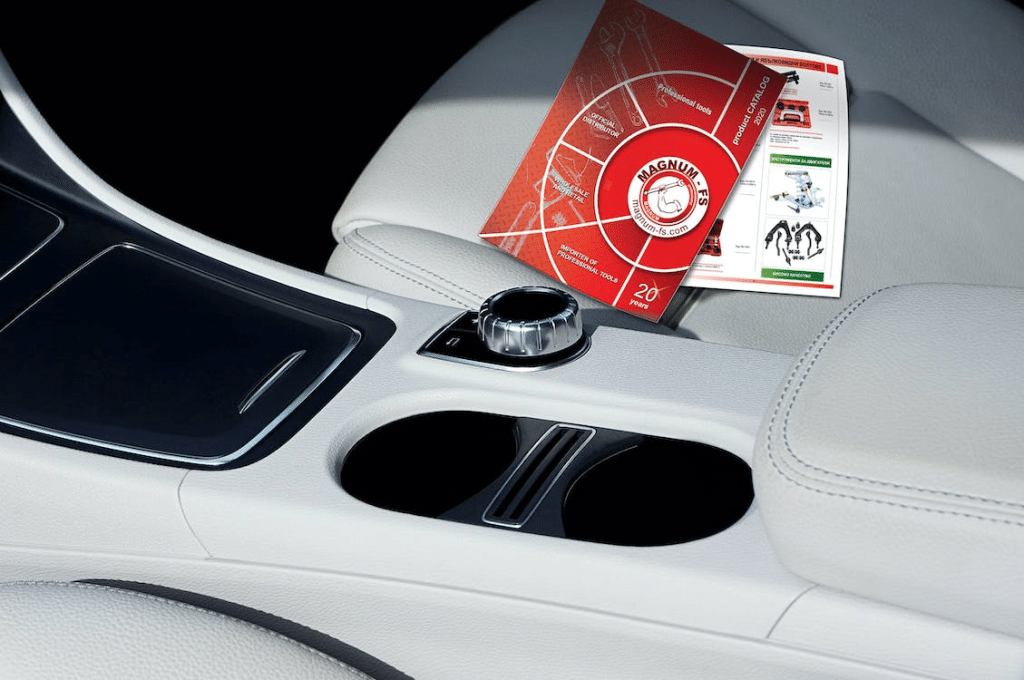Booklets are a great way to share information, market products, or promote services. They are compact, easy to distribute, and can contain a wealth of information in a concise format.
Whether you are a business owner looking to promote your products or services, a non-profit organization looking to spread awareness, or an individual looking to share your thoughts and ideas, creating a booklet, for example with booklet maker Vista Create, can be a great way to achieve your goals.

In this comprehensive guide, we will explore the art of creating booklets. We will cover everything from planning and designing to printing and distributing your booklet. Whether you are a seasoned designer or a novice, this guide will provide you with the knowledge and tools necessary to create a professional-looking brochure.
Planning Your Booklet
The first step in creating a booklet is to plan out its content. You will want to consider the purpose of your brochure and the message you want to convey. Some questions to consider include:
- Who is your target audience?
- What information do you want to include?
- How will you organize your content?
- What visual elements do you want to include?
Once you have a clear understanding of your goals and objectives, you can start to organize your content. Create an outline of your brochure, including headings and subheadings. This will help you to structure your content and ensure that you cover all of the necessary topics.
Designing Your Booklet
The design of your booklet is just as important as its content. A well-designed booklet will be more appealing to your audience and will help to convey your message more effectively. When designing your brochure, consider the following elements:
- Layout: The layout of your brochure should be clean and easy to read. Use a grid system to ensure that your content is aligned and organized.
- Typography: Choose a font that is easy to read and that matches the tone of your content. Use different font sizes and styles to create hierarchy and emphasis.
- Images: Use high-quality images that are relevant to your content. Make sure that your images are properly formatted and optimized for printing.
- Color: Choose a color palette that is consistent with your brand or message. Use color to create contrast and emphasize important elements.

Printing Your Booklet
Once you have designed your booklet, it’s time to print it. There are several options for printing your brochure, including:
- Print on demand: This option allows you to print your booklet as needed, which can be cost-effective for small print runs.
- Offset printing: This option is ideal for larger print runs and produces high-quality prints.
- Digital printing: This option is ideal for shorter print runs and allows for more flexibility in terms of customization.
When printing your booklet, make sure that you choose the right paper stock and binding options. You will also want to ensure that your printer can handle the size and layout of your brochure.
Distributing Your Booklet
Once your booklet is printed, it’s time to distribute it. There are several options for distributing your brochure, including:
- Mail: You can mail your booklet to your target audience or customers.
- Handouts: You can distribute your booklet as handouts at events or conferences.
- Digital: You can distribute your brochure as a digital file, either as a downloadable PDF or through a website.
When distributing your booklet, make sure that you have a clear call to action. This could be an invitation to visit your website, sign up for a newsletter, or purchase a product or service.
To Conclude
Creating a booklet can be a great way to share information, promote products or services, or spread awareness. By following the steps outlined in this guide, you can create a professional-looking brochure that effectively conveys your message to your target audience.
Remember to plan your content carefully, design your brochure with an eye for aesthetics and readability, print it on high-quality paper, and distribute it strategically to reach your intended audience.
Whether you’re creating a booklet for business or personal reasons, the art of creating booklets requires careful planning, attention to detail, and a commitment to quality.
By following the tips and strategies outlined in this guide, you can create a brochure that engages and informs your readers, achieves your objectives, and makes a lasting impression. So go ahead and start creating your own booklet today!





